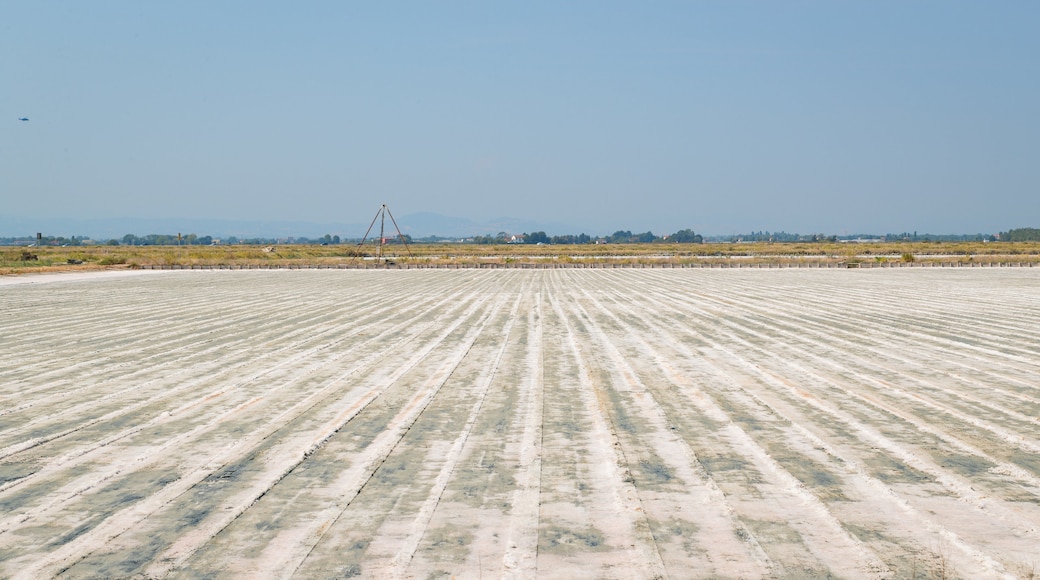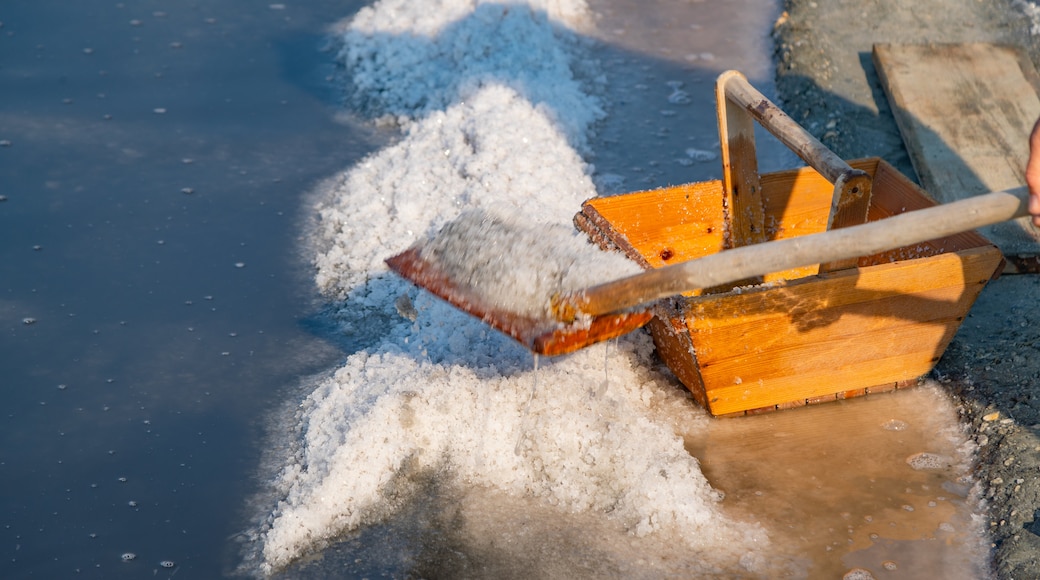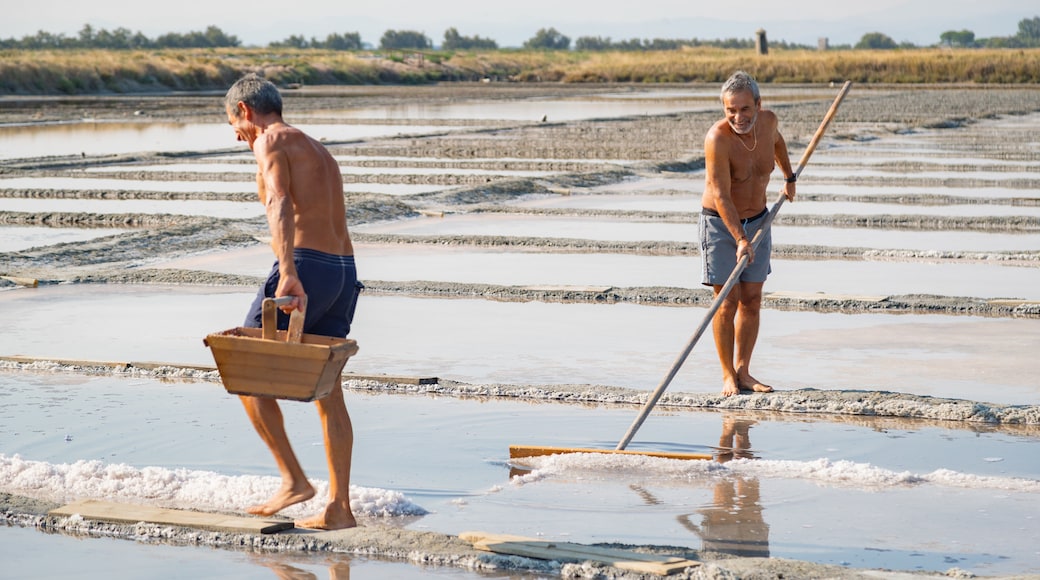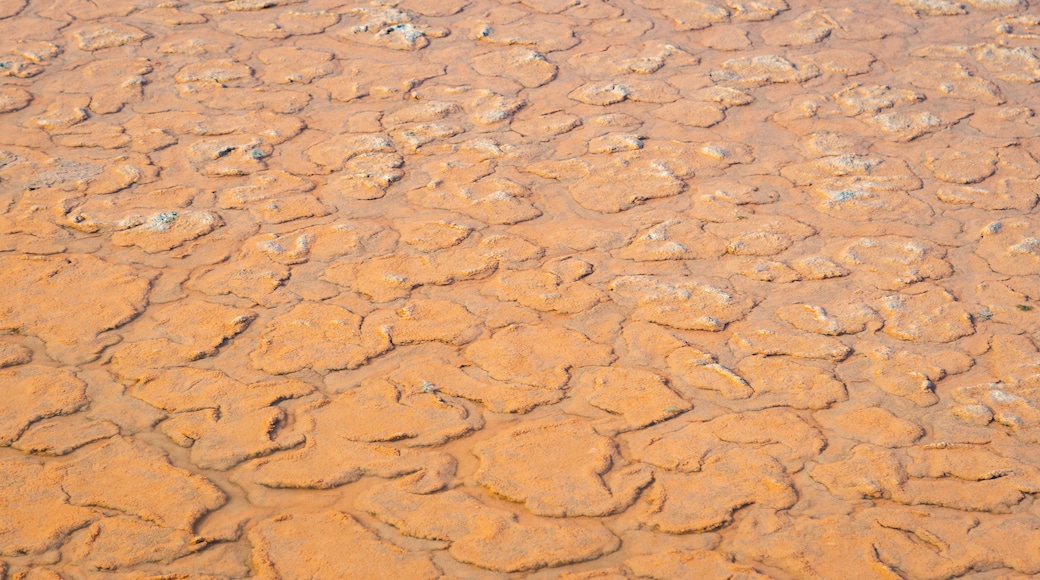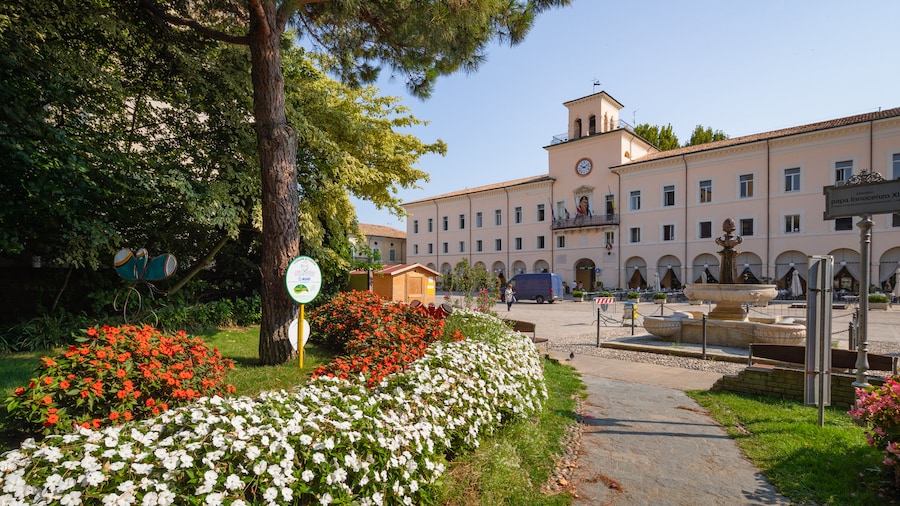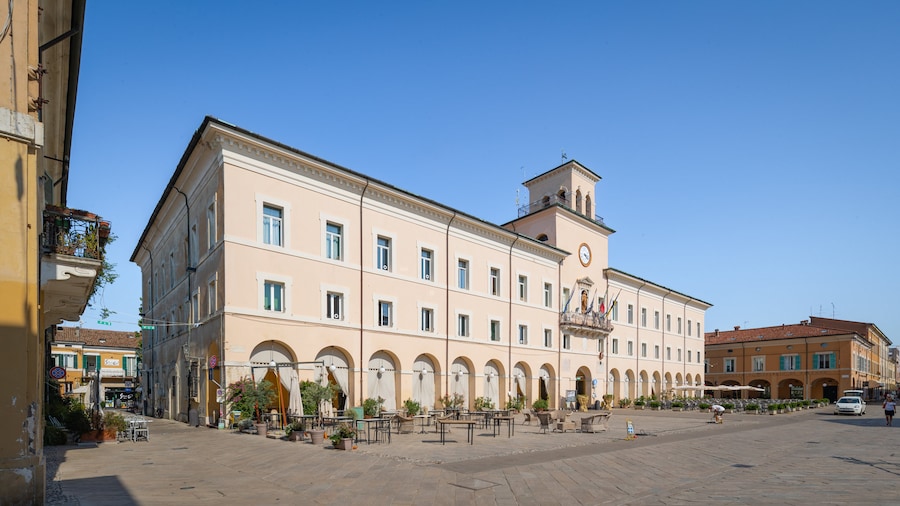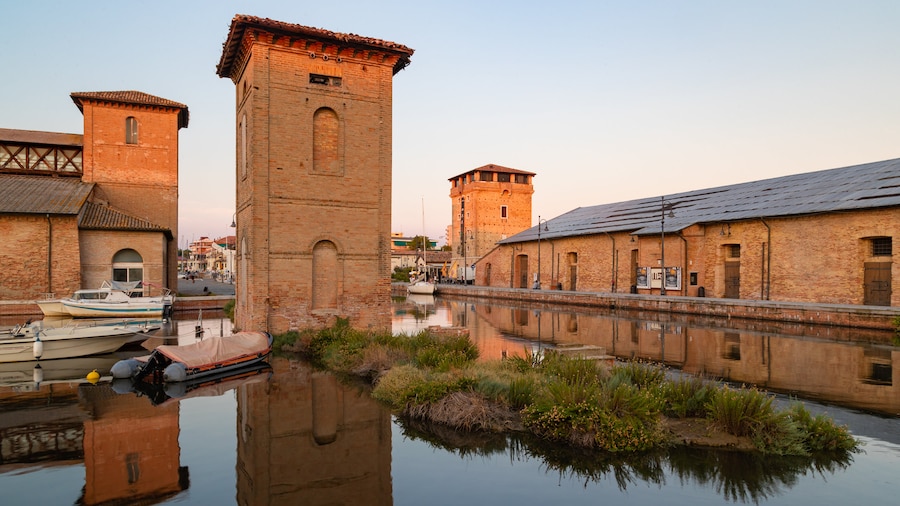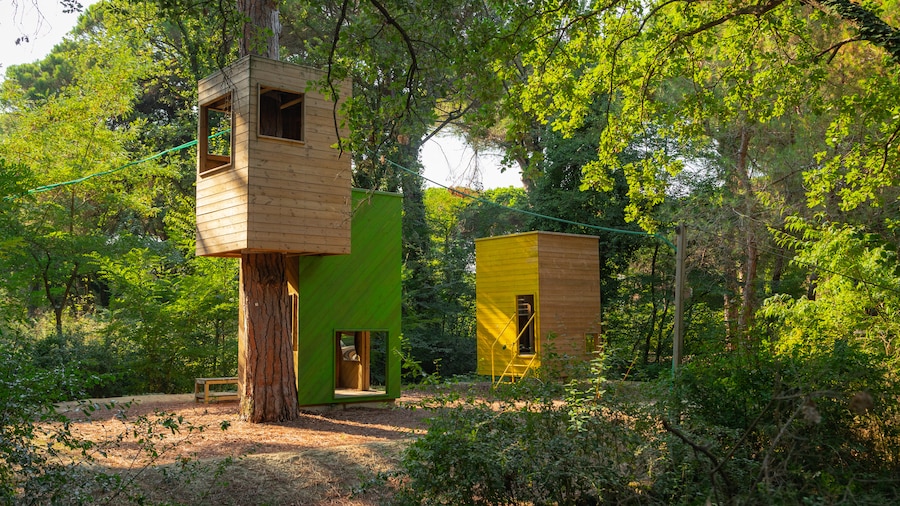Explore the salt pans of Cervia to learn more about the town’s cultural heritage as well as the abundant nature which can be found here.
Salt panning has long been an integral part of the history and culture of Cervia, and the Parco della Salina di Cervia (Cervia Salt Pan Park) is a wonderful place to learn about this heritage first hand. Embark on a walking tour of the salt pans and discover their rich wildlife and fascinating landscape.
The salt pans have been preserved as an important cultural landscape, but also a wetland landscape of great natural importance. The pans cover some 2,043 acres (827 hectares) just 5,250 feet (1,600 metres) from the shores of the Adriatic Sea and have evolved to have a very unique ecosystem. Look for beautiful species of birds such as flamingos, black-winged stilts and avocets, among many other bird species.
Set off on a guided tour of the salt pans, whether on foot, by bicycle or by boat. Alternatively, choose one of three different itineraries and explore the park at your own pace. The well-equipped visitor centre provides details on the history and production of salt panning as well as the local nature. Opt for the boat itinerary to cruise over the pans which, during the summer months, turn a pretty pink colour and attract flocks of flamingos.
Linked to the Salt Museum of Cervia, the Camillone Salt Pan is a fascinating example of a still-working pan, where salt is collected by hand using the traditional methods. It is the only remaining pan out of the original 144 which is used this way. Learn about the methods of salt extraction, the uses of salt and why Cervia became known as the City of Salt.
The Parco della Salina di Cervia is accessed through the Po Delta Regional Park, which is where you will find the visitor centre. Prices vary for the different tours. Visit the park between March and October. It is open during the mornings and then again from early afternoon through the sunset. The end of the day is a particularly beautiful time to see the pans, as they glow in the dusk.

